Hope you are enjoying these articles on exhaust header design. Building headers from mandrel-bent stainless tubing using proper fabrication techniques is important, but proper header design is crucial. Last month, we considered 180 degree exhaust headers for V-8s. As discussed, the 180 degree concept was developed to help even out the exhaust pulses from an uneven firing 90 degree crank V-8 in order to broaden the engine power band. The concept was very successful as illustrated by the Ford GT40 racecars of the 60’s. This month, I’d like to focus on exhaust headers on V-12 and six cylinder engines.
It should be noted that six-cylinder and 12-cylinder engines are inherently balanced and even firing. That is, for an inline-six (I-6) cylinder engine, the firing order is such that cylinders fire alternating between the front 3 and rear three cylinders with a separation of 120 degrees (720/6). The cylinders of a V-6, engine, typically arranged in a 60 degree “V”, fire in an alternating fashion between banks also with 120 degree separation. A V-12 is essentially two I-6s (or two V-6s) joined together at the hip, with cylinders firing in an alternating fashion from bank-to-bank separated by 60 crank degrees (720/12). The melodical sound of a Ferrari V-12 is testimony to the even firing nature of these engines. Typically, I-6 exhausts are setup as two 3-1 headers. The front 3 cylinders are combined into one collector and the rear 3 into another. A V-6 engine normally has a 3-1 collected system on each bank. A V-12 typically has two such setups (4 x 3-1 headers). In many cases, the 3-1’s are combined into a final 2-1 resulting in a single exhaust pipe from each bank of 6 cylinders.
With this exhaust setup, the exhaust pulses into each 3-1 collector for all these combinations are separated by 240 crank degrees. The exhaust pulses are far apart and do not compete for flow area in the collector allowing for a relatively small collector outlet and resultant increased power band. Also, unlike the 180 degree configuration necessary on the 90 degree V-8s, the header packaging is straight forward.
It should be noted that some V-6 engines are considered “odd-fire” engines, most notably the Buick V-6 of the late 60s and 70s. Some of these engine designs have Offset-journal crankshaft been used in racing including the USAC, SCCA Trans Am and IMSA series during the 70s and early 80s. These engines have a 90 degree angle between banks, like a V-8. It has been rumored that these engines were derived from V-8 castings with two cylinders removed. One of the engine designs used a crank with three journals separated by 120 degrees. So, similar to what happens with a Harley V-twin, the cylinders fire at odd intervals. These became known in some circles as “shakers.” In this case, the cylinder firing-interval sequence is 90-150-90-150-90-150. In order to minimize the vibration of 90 degree V-angle, another design used an “offset-rod-journal” crank, resulting in a 108-132-108-132-108-132 sequence. This arrangement was smoother, but less reliable for racing due to the narrower journals required for the design. 
Though these 90 degree V-6 arrangements required unique distributor arrangements and fuel injection sequences, it had little effect on the design of the exhaust. If you notice, the exhaust pulses firing into each collector is still 240 degrees. For example, for the common journal crank motor, bank 1 fires, then 90 degrees later, bank 2 fires and 150 degrees later, bank 1 fires again, resulting in 240 degrees between cylinder firing into each collector. (i.e. 90+150=240). Likewise, for the “offset-journal crank”, 108 + 132 = 240 degrees. Theoretically, if there was an X-pipe or Y-pipe used in this set-up, one might expect a “crowded condition” during the 90 degree firing separation. We have found in practice that the exhaust pulses appear to be “conditioned” passing through the first collector and having minimal effect at the X- or Y-pipe.
So now that we have explained that a V-12 engine is an even-fire engine and does not require crossing header tubes across the V-bank, get a load of this set of 180 degree headers on a V-12! Many years ago, Jack Burns developed and fabricated a set of 180 degree headers for a drag boat powered by a 396 cid Jaguar V-12 – essentially 3 x 4-1 headers. Ever curious, Jack wanted to see the effect of using a 180 degree firing separation on the performance of a V-12. The mounting of the engine in a circle-race boat made it an excellent candidate for this experiment as the header tubes could be taken over the top of the engine, above the intake stacks. This arrangement resulted in an odd arrangement of three megaphone collectors arranged over the top of the engine. The sound of the engine with the exhaust was described by some as sounding like the shriek of the legendary Matra V-12s Formula One cars of the 70s.

IMSA GTP Group 44 Jaguar. To say the least, this boat turned some heads at the races. In fact, Bob Tullius, of Group 44 fame, caught wind of what Jack was doing and asked to try the headers on their dyno. What they found was a substantial increase in both torque and horsepower over what they had been running on the Group 44 Factory Racing IMSA GTP Jaguars. Obviously, this exhaust arrangement would not package well in the road race cars. Jack however consulted with the Group 44 engineers to develop a more conventional 12-into-4 arrangement that was a significant improvement over their previous exhaust header design.

Returning to the Matra, one notices in this brilliant photo of a 1970 Matra MS11 F1 car that the French team had an even different idea in exhaust design. This 12-into-6 design explains the unique sound of the Matra. It combines the first and sixth, second and fifth and the third and fourth cylinders of each bank into 2-1 collectors resulting in three tailpipes per bank. Jack’s V-12 180’s went one step further and combined the cylinders across the banks into 4-1 collectors. It is therefore not surprising that the resultant acoustical signature of the two systems is similar.
Copyright 2010 - Burns Stainless LLC, Vincent Roman

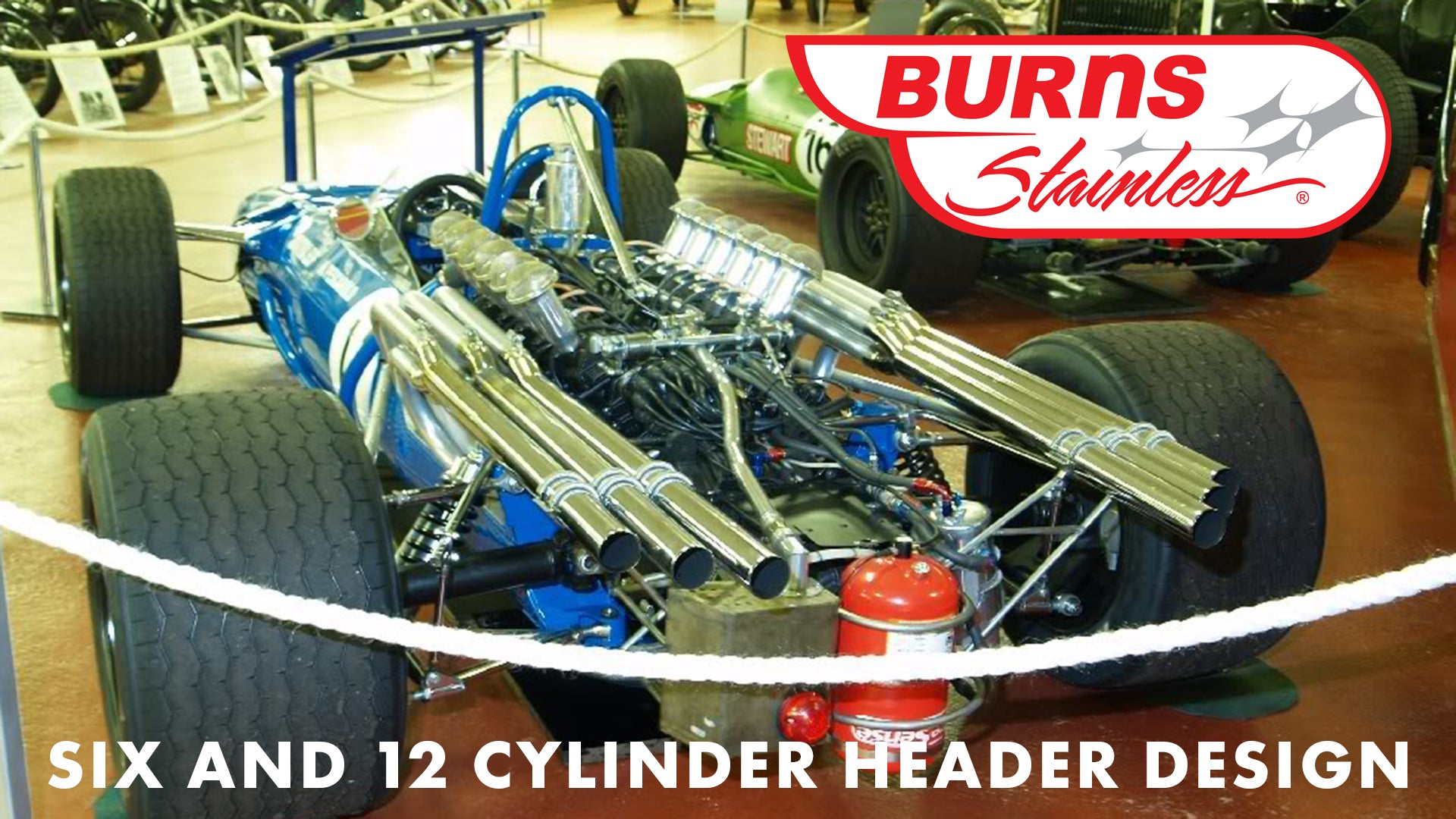



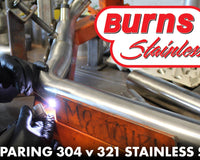

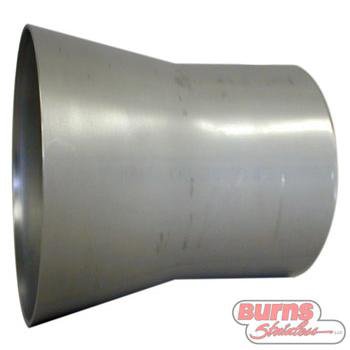
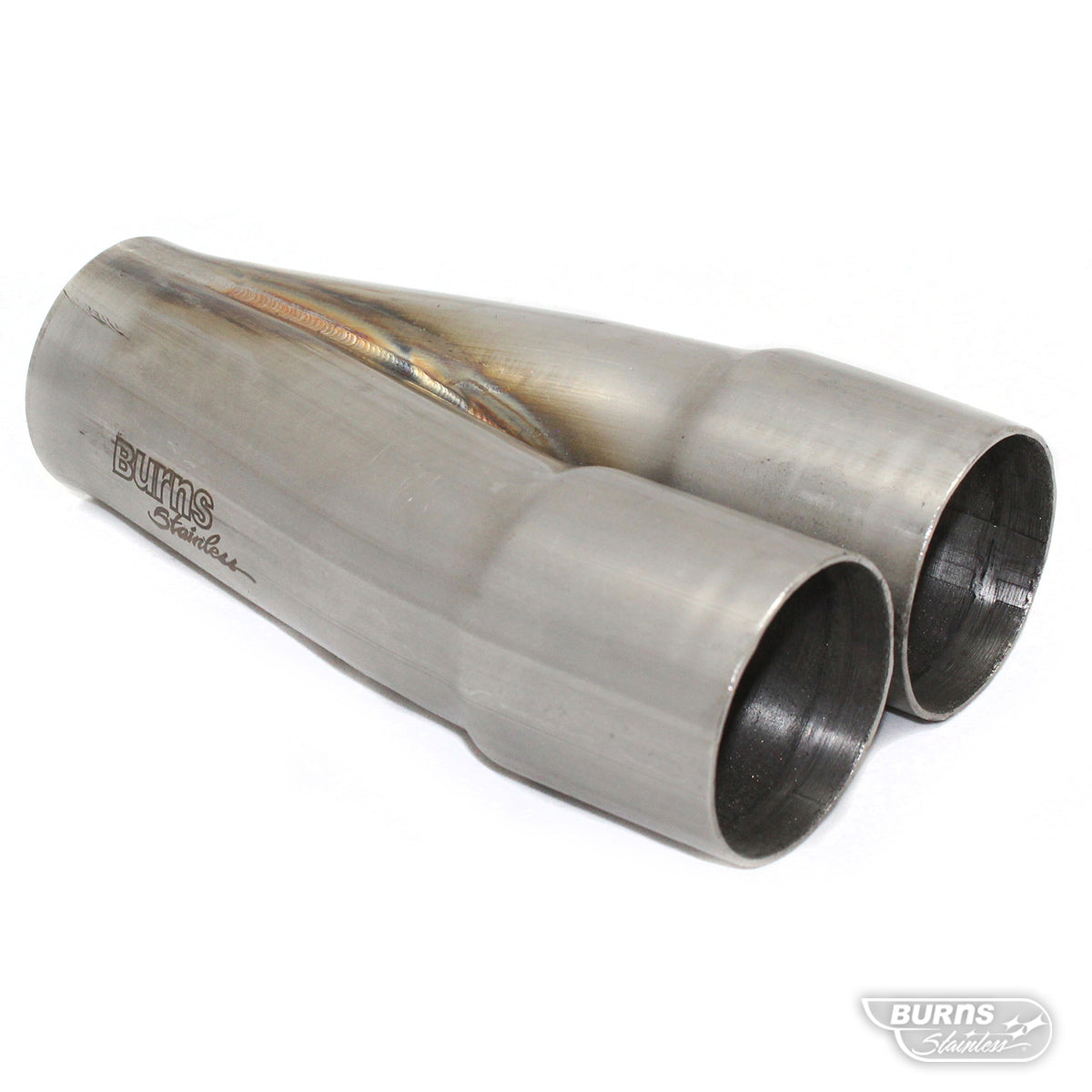


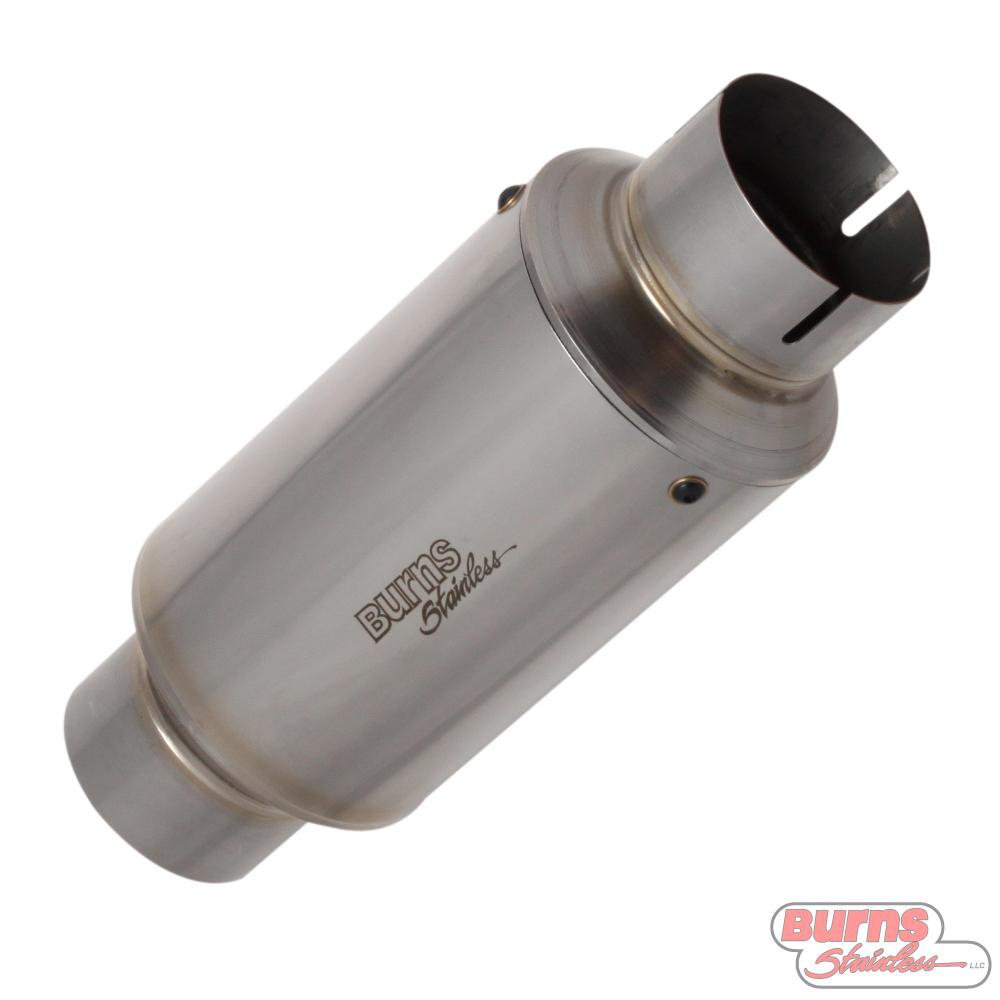
1 comment
Jason Coy
You mention that in an inline 6 most header designs group 123 and 456 together for 240 degrees of separation. Towards the end you mention 3 2 into one’s that group 1 and 6, 2 and 5, and 3 and 4 together which I believe is 360 degrees of separation. I was wondering if there was any advantage of one over the other.